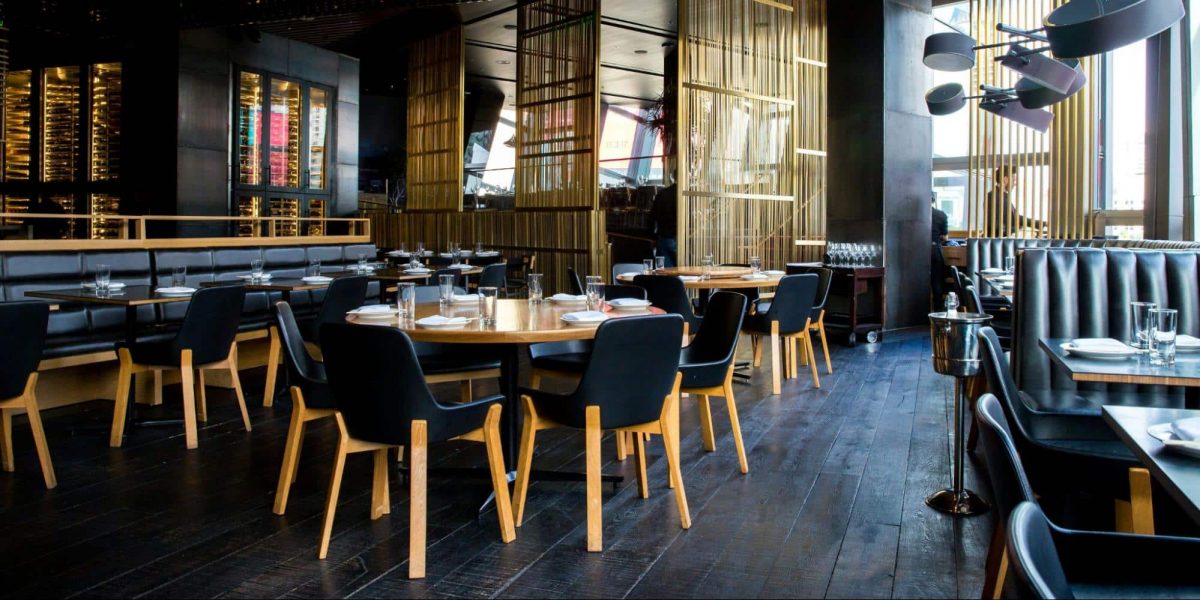Opening a restaurant in any location is both challenging and exciting. However, New York stands head and shoulders above other cities when it comes to the competitiveness of the market.
A Wikipedia page on the subject states that in 2019 New York City’s restaurant industry had 23,650 establishments. With such competition, launching a successful restaurant in the city can be incredibly challenging. This point is highlighted by one sobering fact – approximately 80% of restaurants in New York will fail within 5 years.
On the flip side, success in such an environment is more than possible, and for those who make it the rewards are lucrative. In this article, we discuss eight marketing strategies to help launch a successful restaurant in New York.
1. Researching Your Target Audience
The first step is to understand the demographics of your target audience. This step is critical in forming the foundation of a successful marketing strategy and your menu, décor, and atmosphere resonate with your targeted market.
Consider the following:
- Identifying demographics: Understand the age, income levels, and dining preferences of your potential customers.
- Analyzing competitors: Look at successful restaurants in your area. What customer segments are they attracting?
- Gathering feedback: Use surveys or social media polls to gauge potential interest in your restaurant concept.
Concluding this research phase with a clear picture of your target audience will streamline your marketing efforts, making them more effective and cost-efficient.
2. Building a Strong Brand Identity
Even if you have the tastiest food on the block, the competitiveness of the New York market means this might not be enough. A strong brand identity is essential for distinguishing your restaurant from the competition.
Points to consider include:
- Developing a unique theme: Your restaurant’s theme should reflect its cuisine and ethos.
- Designing a memorable logo and slogan: These elements should be recognizable and encapsulate the essence of your restaurant.
- Consistency across all platforms: Ensure your brand identity is consistent across your website, social media, and physical premises to build trust and recognition.
It is all about creating an image that is not only instantly recognizable but also builds a strong emotional connection with customers.
3. Digital Marketing Strategies
The importance of digital marketing is often overlooked by restaurateurs, this is surprising in the digital age and its omission means missing a big trick in the digital age. Effective digital marketing can significantly increase your visibility and attract a wider audience.
Points to consider include:
- Launching a user-friendly website: Ensure your site is easy to navigate, showcases your menu, and allows for online reservations.
- Maximizing social media engagement: Use platforms like Instagram and Facebook to share enticing photos of your dishes and special offers.
- Implementing email marketing: Keep your customers informed about new menu items, events, and promotions.
A strategic digital marketing approach will not only enhance your online visibility but also drive more customers to your restaurant.
4. Traditional Marketing Techniques
Effective marketing means embracing digital marketing techniques. However, traditional techniques can still have a major impact on getting the word out about your restaurant and its delicious offerings and shouldn’t be overlooked.
Points to consider include:
- Hosting a soft launch event: Invite local influencers and food critics to generate early interest and reviews.
- Collaborating with local businesses: Partner for cross-promotions that can introduce your restaurant to new customers.
- Utilizing local media: Consider flyers, local newspaper ads, and community bulletin boards to reach potential diners.
Blending traditional marketing efforts with digital strategies can create a comprehensive campaign that reaches a broader audience – critical in the ultra-competitive New York restaurant sector.
5. Engaging the Community
Building a strong relationship with the local community can significantly contribute to the success of your restaurant. Community engagement not only enhances your restaurant’s local presence but also fosters loyalty and word-of-mouth referrals.
Points to consider include:
- Participating in local events: Join food festivals, markets, and other community events to showcase your cuisine.
- Offering cooking classes or wine-tasting events: These activities can attract people to your restaurant, providing an experience beyond just dining.
- Supporting local causes: Sponsor local sports teams or charity events to demonstrate your commitment to the community.
Engaging in the community can turn your restaurant from “just another business” to a community focal point that creates a sense of belonging and being valued among your customers.
6. Managing Your Inventory Efficiently
Efficient inventory management is crucial for minimizing waste, reducing costs, and ensuring the freshness of your ingredients, which are all vital for a restaurant’s success, especially in a competitive market like New York.
A typical guide to inventory management would include:
- Implementing an inventory management system: Use technology to track stock levels, predict demand, and automate orders.
- Regular audits: Conduct frequent checks to ensure inventory records are accurate and to identify any discrepancies early.
- Supplier relationships: Build strong relationships with suppliers for reliable deliveries and possibly negotiate better terms.
By focusing on efficient inventory management, you not only optimize your operations but also improve your restaurant’s profitability and sustainability.
7. Choosing the right technology
Smart technologies and well-designed computer systems are essential in modern restaurants, with data suggesting as many as 65% of restaurateurs use automated inventory management systems and 76% use cloud-based Point-of-Sale solutions. When considering which types of restaurant technology to prioritize for your business, it can help to split needs into 3 categories:
- Front-of-House (FOH): Necessary FOH technologies include Point-of-Sale solutions, reservation management systems and customer relationship management systems
- Back-of-House (BOH): In terms of BOH technologies, restaurateurs should prioritize kitchen display systems, inventory management software and online ordering systems
- Operations: Operations management technologies include things like scheduling systems, payroll software and data analytics tools used to track performance metrics
In many cases, prioritizing a good Electronic Point-of-Sale (EPOS) system can cover a lot of the above responsibilities, limiting the number of technologies that employees need to deal with. For example, you can find an EPOS system here that combines till systems, payroll software, table ordering solutions, stock management software and much more within a single unified platform.
8. Staff Training
Finally, let’s not forget about the staff who are both the engine and the public face of your establishment. This is about more than just teaching them about how the cash register and the kitchen equipment work – it’s about instilling a culture of exceptional customer service.
Well-informed and enthusiastic employees become your brand ambassadors, directly influencing customer satisfaction and repeat business. Investing in comprehensive training programs ensures your team delivers consistently high-quality experiences.
The Last Bite: Wrapping Up Your Restaurant Launch Strategy
Embarking on your restaurant’s launch journey in New York’s bustling market requires a blend of innovative marketing and meticulous planning. By setting clear and cohesive strategies, from understanding your audience to managing inventory efficiently, you’re setting the table for success and a future filled with satisfied customers from entrees to the last bite.
Published by: Martin De Juan

















